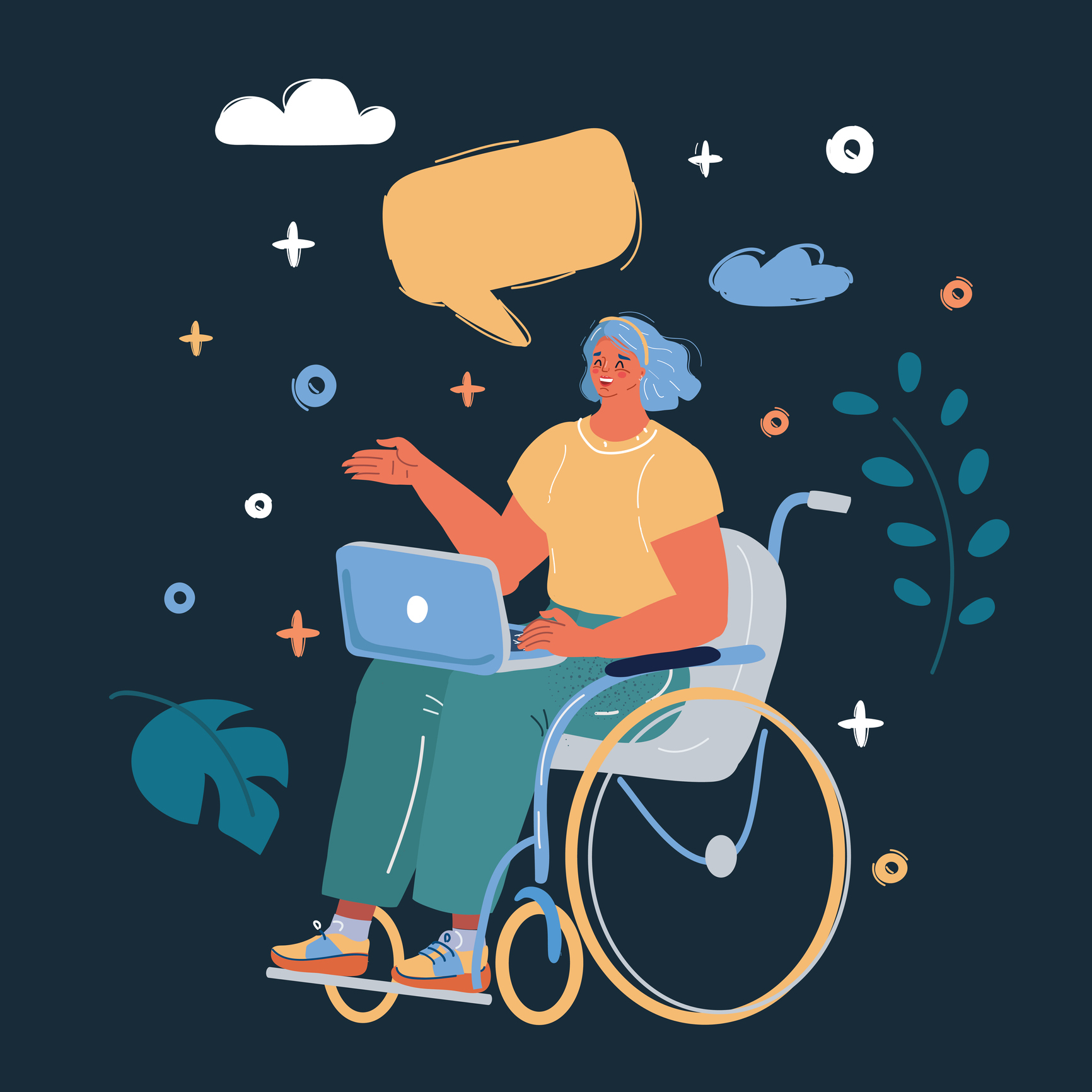
How to be an inclusive workplace for people with disabilities - and how this is a win for all
Creating an inclusive workplace is a great way to make your employees feel comfortable, attract great talent, and reap the benefits of better retention, creativity, and productivity. Having an accessible workplace can strengthen your brand, reduce any possible legal issues, and have better outcomes for customers and teams.
Inclusive and accessible practices can be implemented in many different ways, from setting up an accessible website that follows Website Content and Accessibility Guidelines to making the physical workplace accessible.
Use Universal Design to design your physical workplace
Universal Design is the design and composition of a physical space that makes it able to be used by as many people as possible. Things you might think about when it comes to Universal Design are wide entrances to allow for wheelchairs, automatic doors, elevators, good lighting, accessible car parks, and other key features of any accessible workspace. Using Universal Design makes it more likely that your workplace is accessible for many people , including your customers. Combining this approach with co-design, ie checking in with staff or others with varying accessibility needs, ensures your design meets many requirements.
Incorporate accessibility basics by default
Beyond the physical structure of a building, there are some accessibility measures your company can employ as a default. If you have hearing impaired employees, you can make sure you always book interpreters weeks in advance for team meetings and cancel meetings if an interpreter booking is not available. For video calls, you can ensure you enable captions for Zoom. If you want to instil a culture of inclusion, you can let your employees know you’re open to work from home days or set up hybrid meetings in the workplace if people need to join remotely. Beyond the basics, you can also adopt a culture of flexibility.
Have a willingness to be flexible
Even if you aren’t an expert on accessibility, you can make your team feel more supported by demonstrating understanding and flexibility. Setting up chats to discuss access needs when someone first starts in a role is a great way to find out what their individual needs are. Advertising that you will accept job applications in alternative formats if needed on a job listing is another to show this flexibility from the very start. Continuously showing that you’re committed to being flexible will make your employees feel safer to request what they need.
Share accessibility tips – and what isn’t working when it comes to accessibility
It can help to create a culture around accessibility. This might mean having a place for your team to share their accessibility tips or cool accessibility innovations they’ve come across, or a place to share what they feel isn’t working when it comes to inclusion and access. It can be helpful to create a way for employees to share any negative feedback anonymously, and make sure that feedback gets transformed into action.
Get training
Being good at access and inclusion can take some time and require some learning. If you want to take the next step, you can get training to feel more comfortable with your understanding of what it takes to create an inclusive workplace for people with disabilities.
If you'd like some in-depth guidance on how to create an inclusive workplace for your company, contact Bravo Careers. Our team of career coaches would love to assist you.